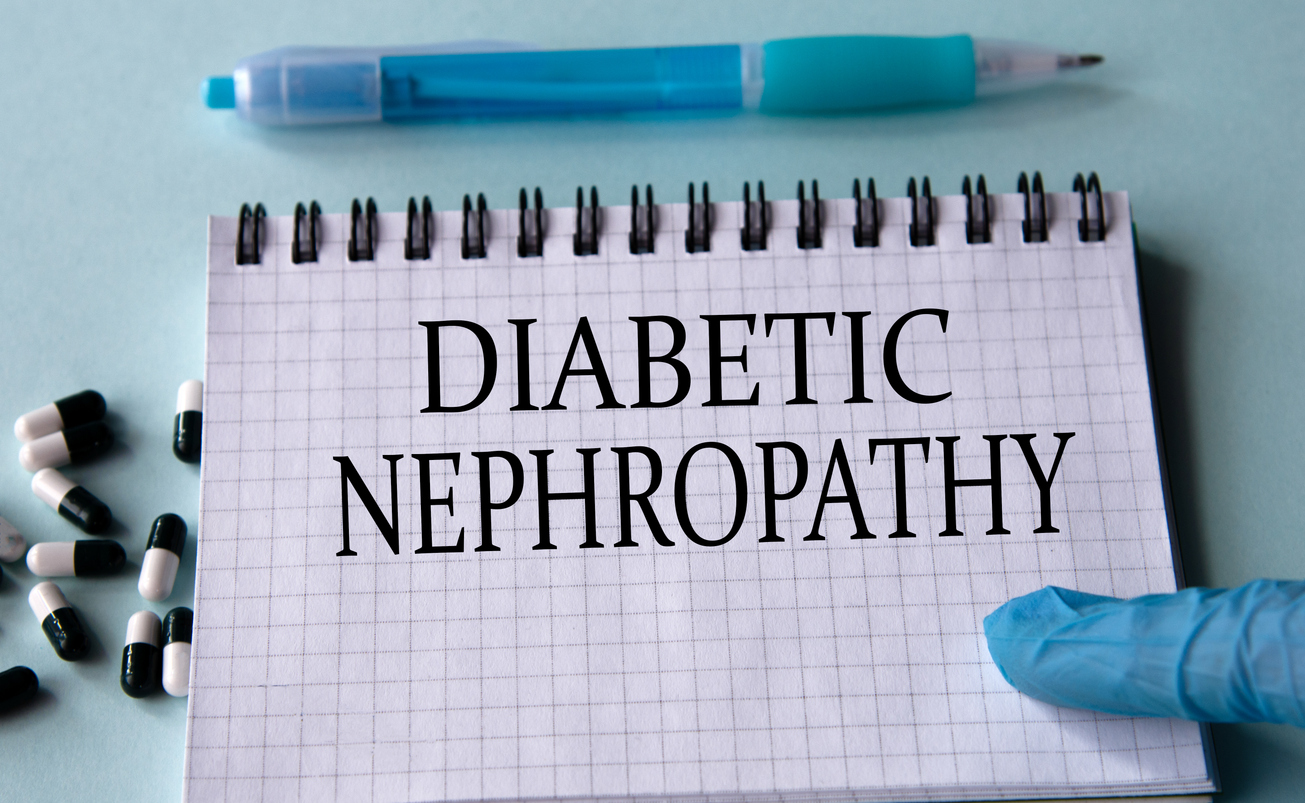2024-10-17
Association between intestinal microbiota and diabetic nephropathy: a two-sample randomization study
Urology-nephrology
Source(s) :
Shisheng Han, Yinqing Chen, Yan Lu, Meng Jia, Yanqiu Xu, Yi Wang ;

Last press reviews
Birch allergy: could one shot change everything?

#AllergicRhinoconjunctivitis #IgG4 #Allergoid #BirchPollen #Immunotherap...
Allergies: could the gut hold the key?

#SeasonalAllergicRhinitis #Probiotics #Prebiotics #GutMicrobiota...
Parkinson’s disease: bone health shouldn’t be overlooked

#ParkinsonsDisease #Osteoporosis #FractureRisk #FRAX #Prevention...